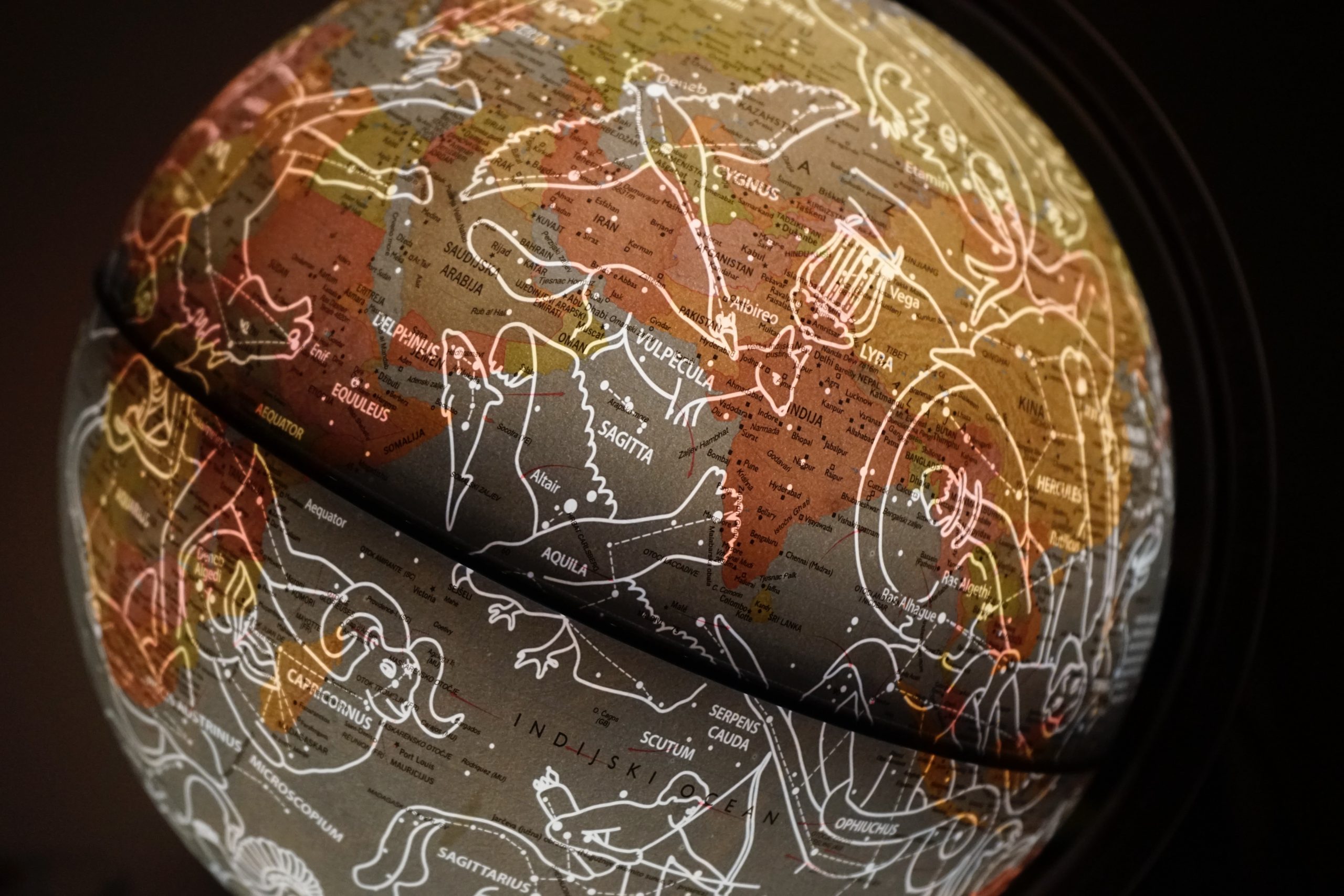Understanding the Symbolism of the Death Tarot Card
When people think of tarot cards, the images that often come to mind are mysterious and sometimes even unsettling. One card that tends to provoke a strong reaction is the Death card. Many people associate this card with a literal death or a chilling omen. However, in the world of tarot, the Death card has a much deeper and often misunderstood meaning. In this blog post, we will explore the symbolism behind the Death card and its significance in a tarot reading.
The Basics of Tarot
Before we delve into the specifics of the Death card, it is important to have a basic understanding of tarot itself. Tarot is a divination tool consisting of a deck of 78 cards. Each card has its own symbolism and interpretation, allowing readers to gain insights into various aspects of life and the human experience.
The tarot deck is divided into two main groups. The first group, known as the Major Arcana, consists of 22 cards that represent major life events and spiritual lessons. The second group, known as the Minor Arcana, consists of 56 cards divided into four suits (Wands, Cups, Swords, and Pentacles), similar to a traditional deck of playing cards.
The Death Card: An Overview
Now, let’s turn our attention to the Death card, which is one of the 22 cards in the Major Arcana. In most tarot decks, the Death card is depicted with a skeleton, often clothed in armor or a black cloak, riding on a white horse. The imagery is undeniably powerful and striking, but what does it truly represent?
Contrary to popular belief, the Death card does not indicate a literal death or a negative outcome. It symbolizes transformation, change, and rebirth. Just as the seasons change and flowers wither and bloom again, the Death card represents the natural cycle of life and the inevitable transformations we all experience.
The Symbolism of the Death Card
To fully grasp the meaning of the Death card, it is essential to analyze its symbolism. Let’s break down the key elements:
| Symbol | Meaning |
|---|---|
| Skeleton | Represents the aspect of death and serves as a reminder of the impermanence of life |
| Armor | Symbolizes protection and the need to confront obstacles with courage |
| White Horse | Signifies purity, strength, and the ability to carry us through life’s transitions |
As we can see, the Death card incorporates both dark and light elements, offering a balanced perspective on the transformative nature of life. It encourages us to embrace change and let go of what no longer serves us.
Interpreting the Death Card in a Reading
When the Death card appears in a tarot reading, it is essential to consider the context and the surrounding cards. The interpretation of the Death card can vary depending on the specific question or situation. However, there are some general themes to keep in mind:
- Transformation: The Death card often suggests that a significant transformation is underway or needed. It signals the end of an era and the potential for personal growth.
- Release: It indicates the need to let go of old patterns, habits, or relationships that are hindering progress. This release is necessary for personal evolution.
- Rebirth: Just as the phoenix rises from the ashes, the Death card represents the opportunity for a fresh start or a new chapter in life.
- Acceptance: The Death card reminds us to accept the inevitability of change and face it with grace and maturity.
The Death Card and the Journey of the Fool
In the traditional tarot deck, the Major Arcana cards tell the story of the Fool’s journey through life. The Fool begins as an innocent and naive individual and evolves through various experiences represented by the cards.
The Death card marks a significant turning point in the Fool’s voyage. It symbolizes a spiritual awakening, the stripping away of illusions, and the Fool’s journey towards self-realization.
Conclusion
Although the Death card may initially evoke feelings of fear or apprehension, its symbolism goes far beyond its literal name. In tarot readings, the Death card represents transformation, change, and new beginnings. It encourages us to embrace the inevitability of change and view it as an opportunity for growth.
Next time the Death card appears in a reading, we can approach it with an open mind and remember that like the seasons, life is a constant cycle of endings and beginnings. Embracing change can lead us to new and exciting possibilities on our journey of self-discovery.
Table of Contents
